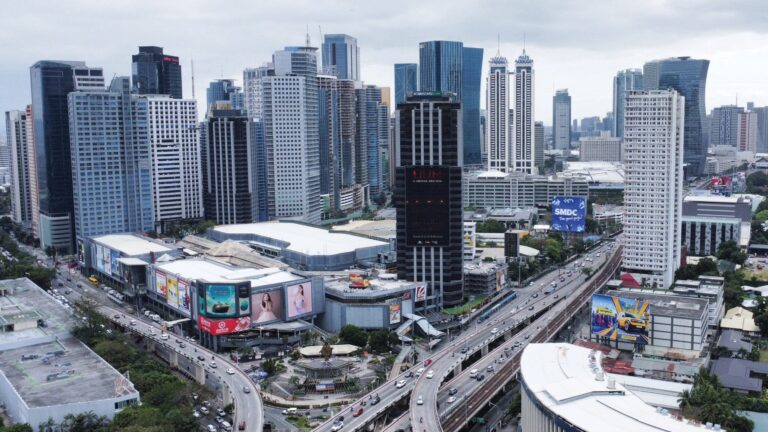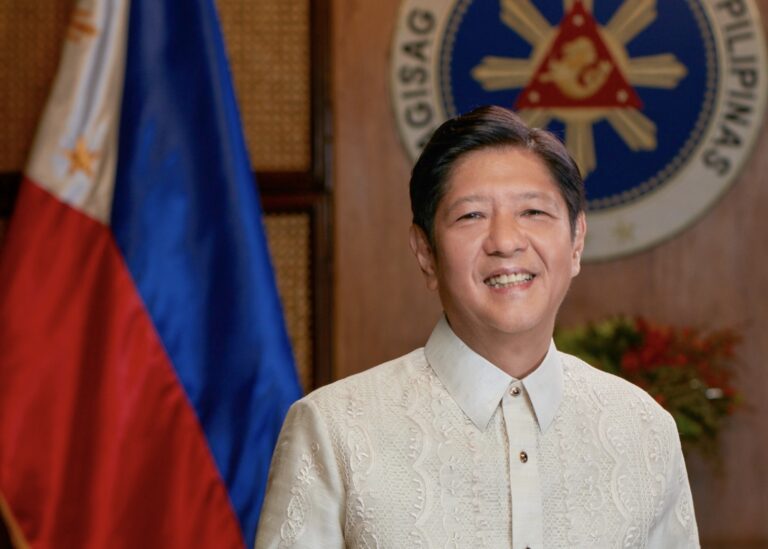The Philippines’ efforts in battling climate change through the yearsFor the next 75 years, the Philippines is projected to reach a new level of poverty, causing various impacts on nature, life, and food supply if climate change risks are disregarded.Economically, the country stands to lose six percent of its gross domestic product (GDP) annually if …
The Philippines’ efforts in battling climate change through the years
For the next 75 years, the Philippines is projected to reach a new level of poverty, causing various impacts on nature, life, and food supply if climate change risks are disregarded.
Economically, the country stands to lose six percent of its gross domestic product (GDP) annually if it does not take action on climate change, given that the Philippines was ranked as the country with the highest disaster risk in 2022 by the World Risk Index.
Major rainfall pattern and distribution changes, threats to natural ecosystems, dying corals, declining rice yields, more intense droughts, higher sea levels, water scarcity, more public health emergencies, a decline in labor productivity, and life risks are some of the alarming threats climate change could bring to the country if no action is taken against it.
Climate projections made by the Philippine Atmospheric, Geophysical, and Astronomical Services Administration (PAGASA) showed that between 2020 and 2050, all areas of the country will get warmer, with the largest increase in temperatures occurring in March, April, and May.
In 2015, the Philippines was also listed in the Global Climate Risk Index as the most affected country by climate change. This ranking came after several deadly calamities hit the country.
Some of these included Super Typhoon Yolanda in 2013, which resulted in 6,300 casualties; flash floods caused by Typhoon Pablo in 2012 and Tropical Storm Sendong in 2011; Tropical Storm Ondoy in 2009; heavy rainfall and earthquakes in Southern Leyte in 2006; and the severe El Niño drought from 1997 to 1998, resulting in P8.46 billion in damages.
In 2017, the Philippine government formally joined the Paris Agreement and committed to reducing greenhouse gas emissions by 70 percent by 2030. This target is considered among the most ambitious in Southeast Asia.
Prior to this move, however, a national effort had already been in place as early as 1991 with the establishment of the Inter-Agency Committee on Climate Change.
“Based on mounting scientific evidence of an impending global warming that will ‘adversely affect’ the country’s coastal areas and ecosystems,” the interagency committee was established, according to the Climate Change Commission (CCC).
Long after that, in 2009, Republic Act No. 9729, or the Climate Change Act, was passed into law, creating the CCC, which was chaired by the president, serving as the principal climate policymaking body of the government.
This signified that climate change had become a national agenda, with the president spearheading the response against its adverse effects.
In 2011, through the CCC, the National Climate Change Action Plan 2011-2028 was created, setting a directional plan for the government—across administrations—on implementing short-, medium-, and long-term actions in areas such as food security, water sufficiency, ecological and environmental stability, human security, climate-smart industries and services, sustainable energy, and knowledge and capacity development.
Through the years, the CCC said, the Philippine Congress enacted special laws and implemented national measures on environmental preservation. Some of these were the Agriculture and Fisheries Modernization Act of 1997, the Clean Air Act of 1999, the Solid Waste Management Act of 2000, the Clean Water Act of 2004, the National Environmental Awareness and Education Act of 2008, and the Renewable Energy Act of 2008.
The Philippines’ consistent ranking as one of the most vulnerable countries to climate change prompted the government to formulate framework strategies and actions for adaptation and mitigation.
According to the CCC, the country “puts greater emphasis on adaptation as necessary to complement measures that reduce greenhouse gas emissions. It is a mechanism to manage risks, adjust economic activity to reduce vulnerability, and improve business certainty.”
One of the most notable efforts toward this goal is the modernization of public transportation, which has been ongoing for years despite consistent opposition from various transport groups. The move aims to significantly reduce emissions over the next five years.
Another attempt to respond to the impacts of climate change, which also threatens energy supply issues that directly affect the living conditions of Filipinos, is the shift to renewable energy, one of the key agendas of the current administration.
Other initiatives implemented and encouraged by the government include community-based gardening for food security, mangrove planting and conservation for human security, rainwater catchment for water sufficiency, agroforestation, ecotourism sites, and solar panel installations, among other initiatives.
During the COP23 closing plenary in 2017 in Germany, the same year the Philippines ratified the Paris Agreement, Senator Loren Legarda, a UNDRR Global Champion for Resilience, stated:
“We come to COP23 with a strong call for climate justice: that those who are most vulnerable, who suffer the most from the adverse effects of climate change, are empowered and enabled, in terms of capacity and finance, to fight back.”
The current administration, led by President Ferdinand Marcos Jr., has also been vocal in calling for global action on climate change. Since assuming the presidency, Marcos has consistently raised climate change as a priority on the global stage.
He addressed it during his United Nations General Assembly (UNGA) speech, and it has remained a constant part of his agenda, including during his Belgium trip in 2022, where he urged the European Union to continue supporting Southeast Asian countries and other vulnerable nations like the Philippines.
He often states that climate change is “a race against time” that requires the effort of all nations.
“The world must get together to fight the effects of climate change and to ensure sustainable development,” he said in Belgium. “Climate change threatens to radically transform for the worst many vulnerable ASEAN landscapes,”
“There is no problem like climate change that is so global in nature that it requires an immediate and united effort. We need to act now. We need to act together. We need to get it right,” he added.
In 2024, the Philippines was selected to host the Loss and Damage Fund Board. Marcos stated that hosting the board reinforces the country’s dedication to ensuring that the voices of climate-vulnerable nations are heard.
That same year, Marcos also signed into law the “Loss and Damage Fund Board Act,” granting juridical personality and legal capacity to the Loss and Damage Fund (LDF) Board, which will respond to climate change-related loss and damage.






